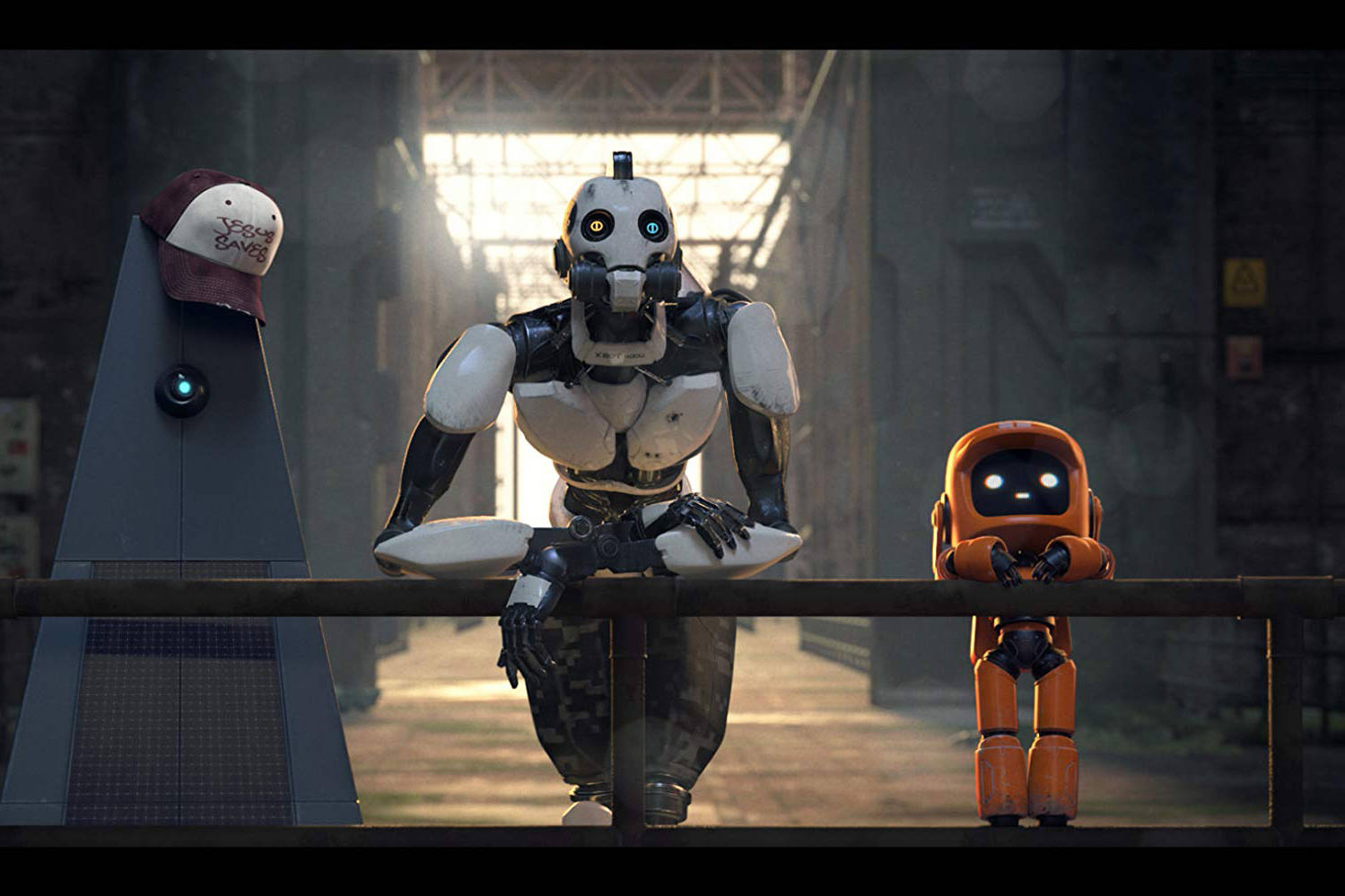Few things epitomize mankind’s obsession with and innate fear of progress than robots.
Ever since the turn of the 20th century, fiction writers have dreamed up visions of our mechanized doppelgangers, always bringing either an end to toil or our ultimate downfall. Robots are such a common movie trope that their very existence is usually a symbol for hubris.
Typically, robots are treated tragically, though not always. It didn’t start that way, but “The Terminator” series definitely turns toward a sympathetic portrayal of its titular machines. And how much sadder can you get than the doomed robots in Spielberg’s “A.I.”?
Of course, in 2007 Michael Bay had to come along and ruin everything with his odious “Transformers” series. I guess we can’t have anything nice. Well, that’s not exactly true. This week I’ll be looking at two different new robot properties that manage to contrast wildly with Bay’s vision, but also give us some cool new ideas to ponder. The first, “Bumblebee,” is technically a sequel/prequel to the “Transformers” films, and the second is a bizarre animated anthology series from none other than David Fincher.
Taking place immediately after the fall of the hero’s home planet Cybertron, “Bumblebee” sees our eponymous robot escaping to earth in the year 1987. There he is to establish a new base of operations for the rebelling Autobots, currently on the run from the evil Decepticons.
There’s a lot about “Transformers” that bothers me. For instance, if they are the dominant life-form on their home planet, why do they transform into vehicles that are designed to be driven/piloted by humans? Or why do they transform into dinosaurs? But we’re not going to do that. We’ll be here all day and get nowhere, just like the first five movies of this series.
Instead, let’s just take the movie at face value and appreciate that it is being directed by Travis Knight, who brought us “Kubo and the Two Strings” instead of “Bad Boy” Michael Bay. When ‘Bee lands on earth, he immediately gets into it with a pursuing Deception who destroys his voice box in the process. From there he goes into hiding, transforming into a yellow Volkswagen Beetle after which he is salvaged by a wrecker. Said purveyor of junk eventually gifts the car to his niece, Charlie, played well by Hailee Steinfeld and the story is off and running. There’s a bad military guy in the person of John Cena, a goofy love interest, and a surprisingly restrained number of giant smashing robot battles.
While “Bumblebee” isn’t great art by any means, it’s a sweet film that is funny and action-packed enough to make me forget a decade of bad “Transformers” movies. That’s got to stand for something. Grade: B
Far more impressive, though rarely as sweet, is Netflix’s latest, “Love, Death + Robots,” a sci-fi series that steals its style in equal parts from 1981’s “Heavy Metal” and 2003’s “The Animatrix.”
Told in brilliant animation in a variety of media, “Robots” spins 18 different short stories varying in subject matter and tone, but rarely in level of quality. Though I certainly had my favorites, I was seriously impressed with the levels of creativity, emotion and drama suffusing this brightly colored, often terrifying landscape.
Fincher and executive producer Tim Miller, who you might remember as the director of “Deadpool,” had been trying to get a remake of the seminal early-’80s drug trip “Heavy Metal” off the ground for a few years, but wound up with this series instead.
Like “Heavy Metal,” the stories are violent, sometimes sexual, and often profane. You can almost feel the filmmakers’ teenage boy glee at times during the series, but that doesn’t stop the various stories from having real emotional weight and often disturbing underlying themes.
“Love, Death + Robots” has been criticized for being somewhat misogynistic (I wouldn’t agree, but can see where that comes from) and overly gory (yes, but that’s what you sign up for), but I think those who don’t look deeper miss some good stuff buried in the blood and guts.
“The Witness” and “Beyond the Aquila Rift” seem weighed down with gratuitous sex scenes, but both of these stories contained disturbing, mind-bending cores. “Three Robots” is hilarious, and “Lucky 13” is just a flat-out great action story. “Secret War” has gorgeous scope and awesome action, whereas “Zima Blue” has even greater scope surrounding a bizarre and heartbreaking center.
Not all the stories are winners. I was bored with “Sucker of Souls” and “Shape Shifters,” and “Fish Night” seemed to make little to no sense. But, that’s the way with anthology series.
I have to admit — this series came along at just the right time for me. I’ve been working my way through four volumes of science fiction short stories from pre-1960 so I’m really in the zone for it.
I hope they continue the series and consider perhaps toning down the horror and violence just a bit in favor of more cerebral science fiction. But really, with a format this rich, if you find a story you don’t like, you can always bet the next one will be better. Grade: A-
“Bumblebee” is rated PG-13 for sci-fi robot violence and mild language.
“Love Death + Robots” is rated TVMA for graphic robot violence, sexuality, nudity and language.
:

